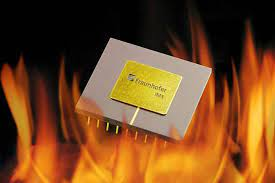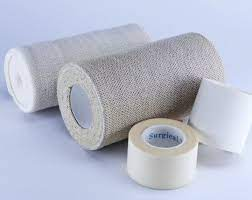Although known for over a hundred years, polymers were considered just a by-product of electrical discharge and largely ignored. It wasn’t until the 1960s that scientists and engineers realised their potential. The process is also known as “Glow Discharge Polymerisation.” Plasma polymerisation is a method of depositing a fine but immensely strong layer or film on materials such as metal, plastic, or prepared glass. It is a three-stage process. In the first stage the collision of electrons and ions with the gas monomers generates atoms and free radicals. Next is the propagation stage, in which the radicals and gaseous monomers are recombined at random forming the polymer, and finally, it is necessary to close the polymer chain.
Great Applicability across a wide range of products
The adaptability of the process is its main strength, in-house tailoring can further refine the process, making the range of applications almost endless. The wear resistance alone is up to five times greater than a conventional polymer coating, and when downtime in production can mean lost revenue and lost clients, this alone makes it worthwhile. As if that was not enough it can be made chemical resistant, non-stick with high-temperature resistance too, in the range of an incredible -200 Centigrade to +300 Centigrade.

For medical and food processing needs, it can be made USDA/FDA compliant. For a more in-depth look at this fascinating, versatile solution sites such as poeton.co.uk/advanced-treatments/apticote-810-plasma-polymer-composite explain how plasma polymer composite can offer more modern solutions to industrial, processing, and medical needs. For the technically minded, a full breakdown of the composition of the various polymers can be found here .

Into the future
Since the 1980s, research into possible uses of plasma polymerisation has gathered pace. Its potential as a coating on optical equipment is starting to be fully realised. Not only does the toughness and durability of the product make it more scratch and tarnish-resistant, but anti-fogging can be built in too. Its use in Biotech and Medicine will grow as more research is undertaken. Thanks to its excellent hydrophobicity, it is already aiding with biological implants, dentistry, and wound dressings. It is especially applicable for burns victims as it can provide for low adhesion and abrasion. It is certainly the most environmentally friendly way to achieve this as, unlike other products, it requires no harsh chemicals during production or at the point of use.
